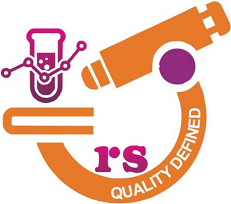support@rsdiagnosticcentre.in
Phone : +918147282686
LIPID PROFILE TESTS IN YELAHANKA
A lipid profile is a blood test that measures cholesterol and triglyceride levels, providing information about cardiovascular health. It typically includes total cholesterol, LDL (low-density lipoprotein), HDL (high-density lipoprotein), and triglycerides. If you have specific questions or concerns, it’s best to consult our healthcare professional.
A lipid profile typically includes the following components:
1. Total Cholesterol: The total amount of cholesterol in your blood, including both low-density lipoprotein (LDL) and high-density lipoprotein (HDL) cholesterol.
2. Low-Density Lipoprotein (LDL) Cholesterol: Often referred to as “bad” cholesterol, high levels of LDL can contribute to plaque buildup in arteries, increasing the risk of cardiovascular problems.
3. High-Density Lipoprotein (HDL) Cholesterol: Often referred to as “good” cholesterol, HDL helps remove LDL cholesterol from the bloodstream, reducing the risk of heart disease.
4. Triglycerides: These are a type of fat in the blood. Elevated triglyceride levels can also contribute to heart disease.
The results of a lipid profile help assess your risk for heart disease and guide lifestyle or medical interventions. It’s important to interpret the results in consultation with a healthcare professional who can provide personalized advice based on your overall health.
Tag
BLOOD TESTS IN YELAHANKALIPID PROFILE TESTS IN YELAHANKAECG TESTS IN YELAHANKABEST PRICE FOR BLOOD TESTS IN YELAHANKAEnquiry
Get in touch
R S DIAGNOSTIC CENTRE.All Rights Reserved © 2025








